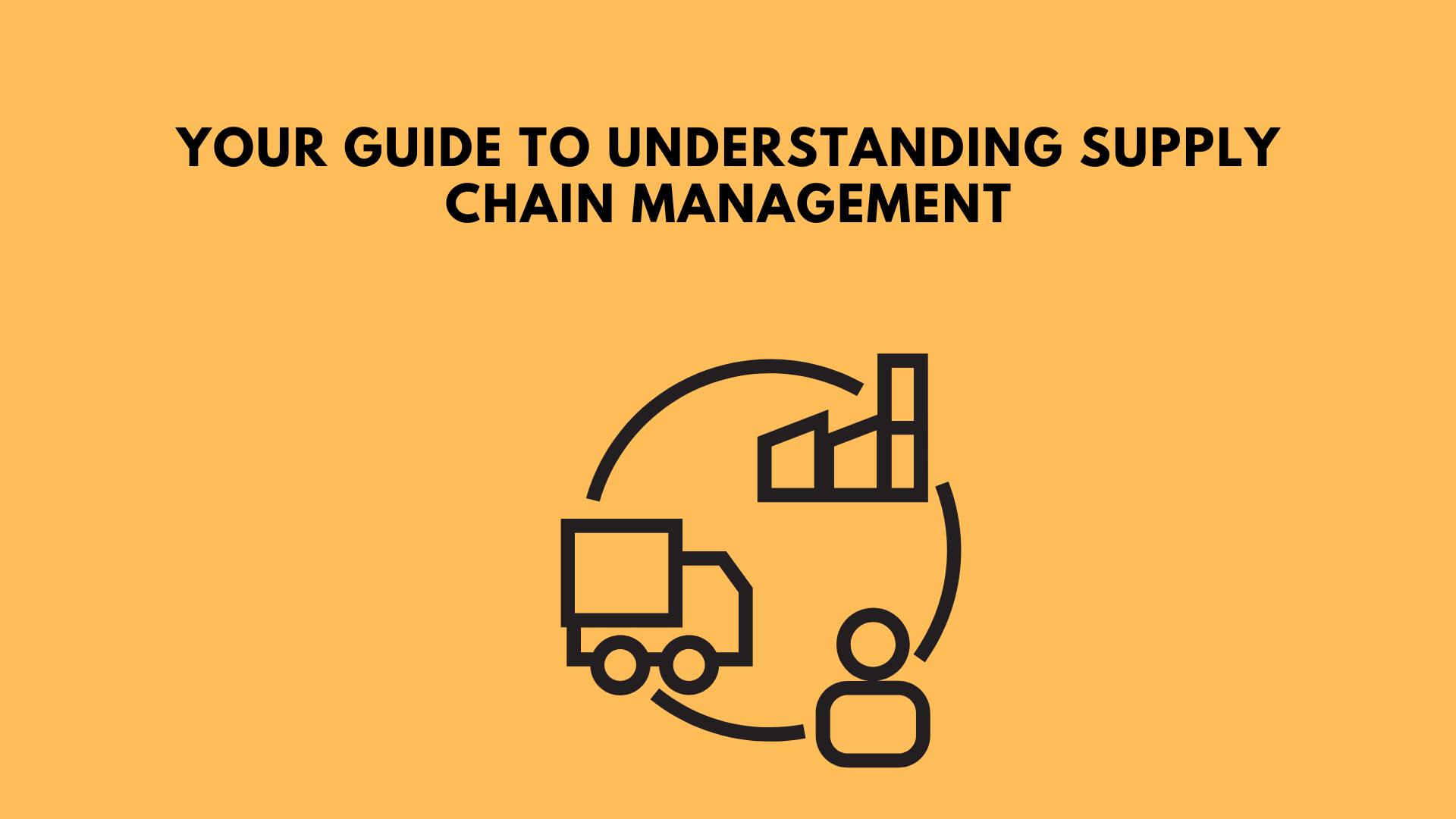In today’s globalized economy, supply chain management (SCM) is more crucial than ever. Effective SCM can be the difference between a company’s success and failure. This guide will walk you through the basics of supply chain management, its importance, and how it can be optimized for better business outcomes.
What is Supply Chain Management?
Supply chain management involves the oversight and management of the flow of goods, information, and finances as they move from supplier to manufacturer to wholesaler to retailer to consumer. It encompasses the coordination and integration of these flows both within and among companies.
Key Components of Supply Chain Management
- Planning: This involves forecasting demand and planning the supply to meet customer needs. It includes production planning, scheduling, and inventory control.
- Sourcing: Selecting suppliers that will provide the goods and services needed to create the product. This involves managing relationships with suppliers and negotiating contracts.
- Manufacturing: The process of transforming raw materials into finished products. It includes quality control, production processes, and maintenance of equipment.
- Delivery and Logistics: Ensuring that the finished products reach the customers in a timely and efficient manner. This involves warehousing, transportation, and order fulfillment.
- Returns: Handling the return of products from customers due to defects or other reasons. This includes reverse logistics, recycling, and disposal of products.
The Importance of Supply Chain Management
Effective supply chain management can offer several benefits to a business:
- Cost Reduction: By optimizing the supply chain, companies can reduce costs associated with production, transportation, and warehousing.
- Improved Efficiency: Streamlined processes and better coordination can lead to more efficient operations and quicker turnaround times.
- Customer Satisfaction: Timely delivery and high-quality products can enhance customer satisfaction and loyalty.
- Risk Mitigation: Proper SCM helps in identifying and mitigating risks such as supply shortages, delays, and quality issues.
- Competitive Advantage: Companies with efficient supply chains can respond more quickly to market changes and customer demands, giving them a competitive edge.
Steps to Optimize Supply Chain Management
1. Implement Technology
Adopting technology can significantly improve supply chain efficiency. Tools such as Enterprise Resource Planning (ERP) systems, Warehouse Management Systems (WMS), and Transportation Management Systems (TMS) can provide real-time data and insights, automate processes, and enhance decision-making.
2. Foster Strong Relationships
Building strong relationships with suppliers, manufacturers, and logistics providers is crucial. Collaborative partnerships can lead to better communication, more reliable supply chains, and mutually beneficial outcomes.
3. Focus on Demand Forecasting
Accurate demand forecasting helps in planning production and inventory levels, reducing the risk of overproduction or stockouts. Advanced analytics and machine learning can enhance forecasting accuracy.
4. Improve Inventory Management
Effective inventory management ensures that the right amount of stock is available at the right time. Techniques such as Just-In-Time (JIT) and safety stock analysis can help in maintaining optimal inventory levels.
5. Enhance Visibility
Visibility into the entire supply chain allows for better tracking of goods and identification of potential issues before they become problems. Technologies like RFID, IoT, and blockchain can enhance supply chain transparency.
6. Continuously Monitor and Improve
Regularly reviewing and analyzing supply chain performance can help identify areas for improvement. Key performance indicators (KPIs) such as order accuracy, delivery times, and inventory turnover should be monitored and optimized.
Conclusion
Supply chain management is a complex but essential component of modern business operations. By understanding its key components and implementing strategies for optimization, companies can improve efficiency, reduce costs, and enhance customer satisfaction. Embracing technology, fostering strong relationships, and focusing on continuous improvement are critical steps toward achieving a robust and resilient supply chain.









